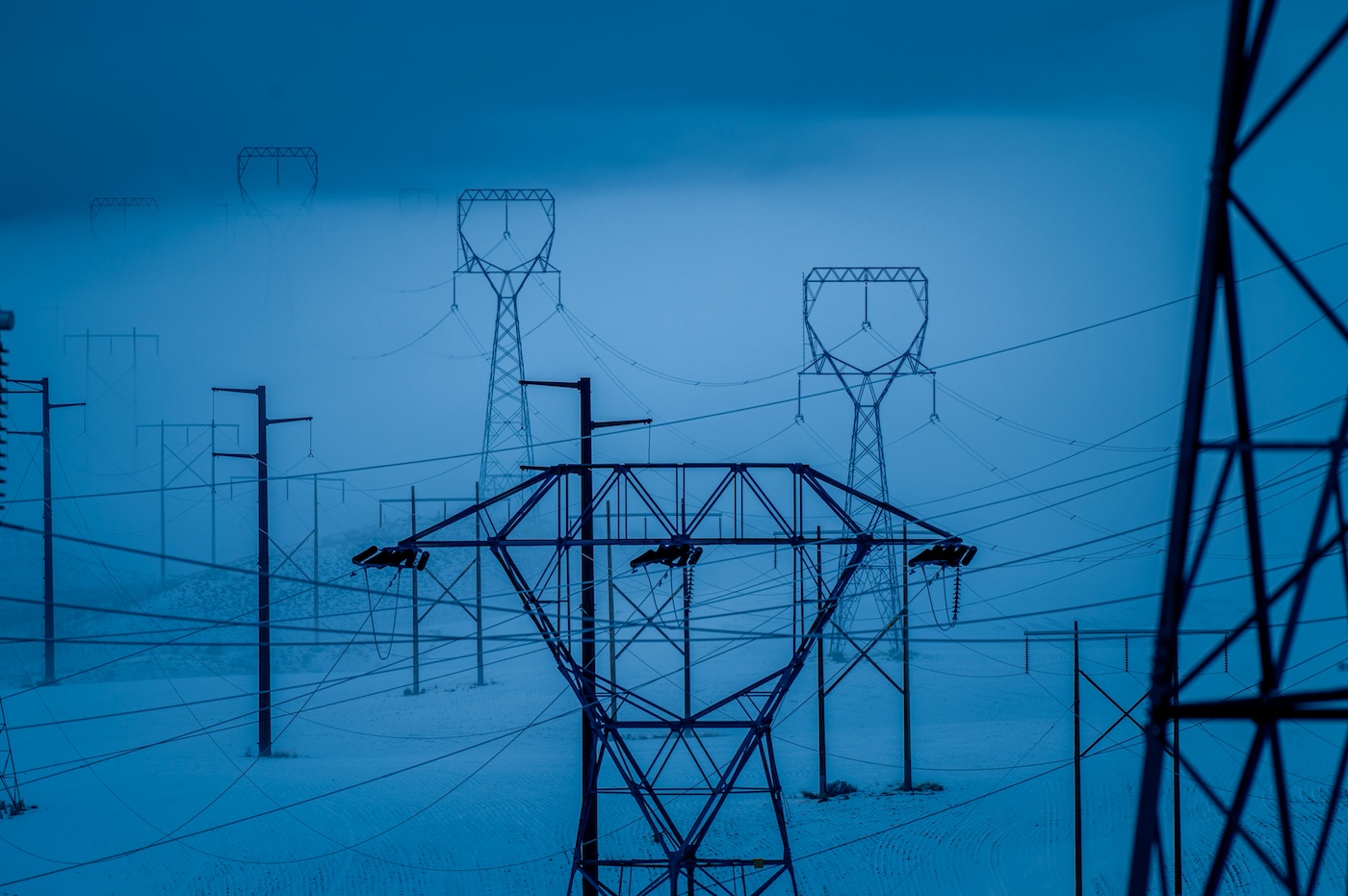Storage Capacity vs Storage

U.S. underground natural gas storage has a total design capacity of about 4.2 Tcf, a figure that has not grown in more than a decade despite rising demand. Since 2015, production has increased by 22.4 Bcf/day, but similar-cold-winter peak daily demand has climbed by 27.1 Bcf/day. That widening gap means the system is leaning harder on storage during extreme events, without any added capacity to absorb the strain.
Storage is the market’s bank account — filled during the warmer months and drawn down in winter when production alone cannot meet demand. If inventories drop below 1.0 Tcf, the system can face serious deliverability problems, regional supply constraints, and sharp price spikes even on modest late-season cold snaps. In a winter matching the intensity of 2014–15, today’s higher baseline demand could push end-of-season inventories dangerously close to that threshold.
What This Means for Market Participants
- Winter risks are building — flat capacity leaves less margin to handle weather or infrastructure shocks.
- Demand peaks are outpacing supply gains — production growth alone cannot cover extreme cold events.
- Storage is strategic infrastructure — multi-year lead times mean the time to act is before the next demand surge.
- Proactive procurement is essential — layered, flexible strategies are critical to managing volatility.
The combination of higher demand, stagnant capacity, and the operational risks of falling below 1.0 Tcf creates a structural vulnerability in the U.S. gas market. Without new storage development, volatility and late-winter reliability concerns will only grow.
.png)



.svg)